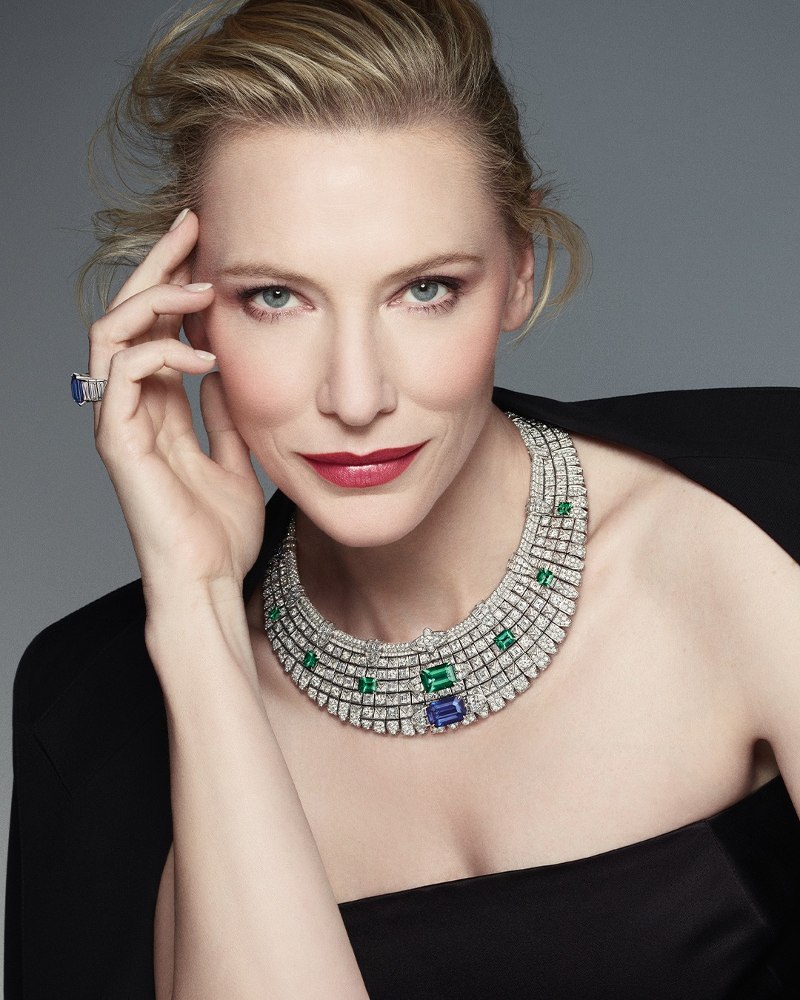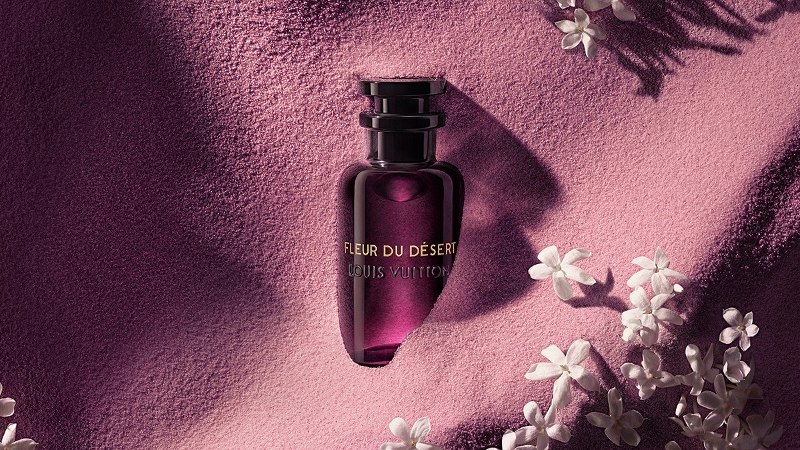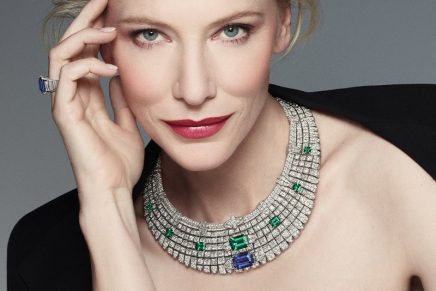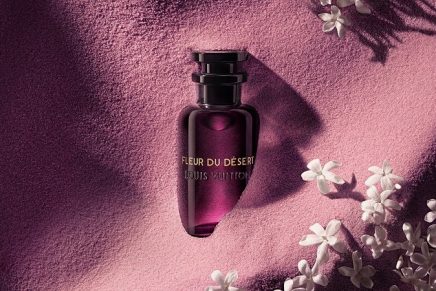Luxury companies are uniquely positioned to help create a better world, say Comité Colbert x BCG.
To understand what lies ahead for the luxury industry, Boston Consulting Group (BCG) partnered with Comité Colbert, the France’s luxury authority, to survey luxury sector consumers and interview numerous experts and leaders across the space. The companies identified five challenges—related to customer relationships, globalization, and more—that luxury companies face as they seek to fulfill their social and environmental responsibilities.
The luxury industry has shown resilience with a return to pre-COVID performance levels and an estimated sector growth of more than 6% between 2022 and 2026. Now more than ever, the industry is facing paradigm shifts in all areas: production and resources, life cycle, customer relationships, corporate responsibility, and globalization. This is reflected in the findings of Luxury Outlook 2022, a new report published by Boston Consulting Group (BCG) and the Paris-based Comité Colbert.
The report is based on the qualitative analysis of approximately 40 luxury company executives and a survey of 2,000 luxury clients and non-clients in France, Germany, the United Kingdom, Italy, Spain, Switzerland, and the United States. According to the report, 65% of consumers consider brands’ commitment to sustainable development when purchasing luxury products, almost one out of two are interested in the concept of an online virtual store, and 80% believe luxury companies have a responsibility in the full life cycles of their products, beyond production and sale.
In addition to providing a comprehensive overview of consumer perception and behavior, the report details five opportunities for luxury fashion houses that are critical to act on to become bold and responsible pioneers of change:
Production & Resources: From excellence in core expertise to responsibility across the entire supply chain, the industry must perpetuate quality and accelerate innovation in view of the scarcity of resources.
Life Cycle: From symbolic products to responsibility for the entire product life cycles, the industry most reconcile sustainability, use, rarity, and novelty.
Customer Relationship: From physical experience to digital reconciliation, the luxury industry must translate excellence into new experiences.
Responsibility: From competitive advantage to collective imperative, luxury brands must lead the ESG transition in coalition.
Globalization: From unreserved globalization to a re-evaluation of geostrategic dependencies, these companies must navigate new territories and anticipate risks.
French and Italian luxury industries – Sources of National Pride in France and Italy
The French and Italian luxury industries were found to have an exceptional consumer profile in their national markets: 85% of people surveyed in France and 80% of Italian respondents consider the industry to be a source of national pride. French survey respondents believe luxury is the industry that best highlights their country.
According to consumers across the countries surveyed, the luxury industry is defined by quality (according to 64% of luxury customers and 56% of non-customers), craftmanship (according to 42% of luxury customers and 41% of non-customers) and creativity (according to 38% of luxury customers and 30% of non-customers).
Responsibility: From a Competitive Advantage to a Collective Imperative
Insights from interviews with executives indicate that luxury brands have already initiated environmental and societal change, partly because the nature of their products has always required some form of moderation.
While 62% of the industry’s customers believe luxury products are durable, the industry must nevertheless do more, as 60% of consumers believe luxury should be responsible for initiating environmental and societal transition and 80% believe luxury fashion houses should commit to managing the entire life cycles of their products.
Joël Hazan, managing director and partner at BCG and co-author of the report explains that “the industry is now shifting from a competitive mindset towards a coalition mindset: leading luxury companies have understood they need to work jointly on key environmental issues to come up with scaled solutions. The objective being to build on the industry DNA of exemplarity and quality to develop robust sustainable standards at industry level, shifting from a responsibility of quality towards a responsibility of transmission.”
One key way for luxury fashion houses to manage their products’ life cycles is through the secondhand market, which has a positive impact on products’ ecological footprint and gives some fashion pieces a second life decades after their first appearance. Driven by the younger generations—with 83% of Gen Z willing to rent or own their clothes only temporarily—the secondhand market is growing twice as fast as the firsthand market and is expected to reach more than €50 billion by 2025.
From Physical Experiences to Digital Reconciliation
The luxury industry is perceived as trailing other industries when it comes to digital, according to 65% of those surveyed. While brands are still looking for a model that combines online presence and a premium in-store experience, nearly seven out of ten people believe that the digital experience provided by luxury brands does not measure up to an in-store experience.
Investing in the metaverse is an opportunity for luxury brands to ensure that they communicate with their current and future customers. Among consumers ages 18 to 34, 64% believe the metaverse facilitates the discovery of luxury brands and 59% believe the metaverse could eventually replace today’s social media networks. This is most evident with Gen Z and Generation Alpha, both of which grew up and continue to spend an increasing amount of time online and represent the future consumers of luxury fashion brands.
Hazan further explains, “Although the pandemic accelerated luxury brands’ shift to digital, they have never been the pioneers in digital. In fact, Web2 concepts and applications have been far from the image of exclusivity and rarity conveyed by the luxury industry and thus has prevented in a way luxury companies to excel online. Yet, luxury brands must find a way to differentiate themselves as effectively online as they are able in their physical stores, by conveying their DNA in the online customer experience. In today’s Web3 context, this opportunity exists to reconcile luxury and the digital experience. For example, NFTs offer the possibility to reinvent the concepts of possession and rarity, all the while creating a strong sense of belonging to an exclusive community. As for Metaverses, they are ideal spaces for personalization and creativity, which brands are starting to seize.”
The Globalization of Luxury Goods
As cultures evolve and consumers in certain countries grow wealthier, there are new markets to be explored by luxury fashion houses. Two-thirds of the luxury goods sector’s growth between 2021 and 2025 will take place outside Europe and the United States. In China, the market penetration of luxury perfume is estimated at approximately 5%, compared with 42% in Europe and 50% in the United States. It is estimated that the Chinese luxury perfume market, which ranked tenth in the world in 2020, is on track to become the second largest by 2025. Fueled by population growth and increasing urbanization, the Indian luxury market is expected to experience strong growth and reach $3.7 billion by 2026. Yet, current environmental and geopolitical contexts are forcing luxury companies to re-evaluate the risks of globalization and make sure supply chains are agile enough to adapt quickly to a more and more uncertain environment.







